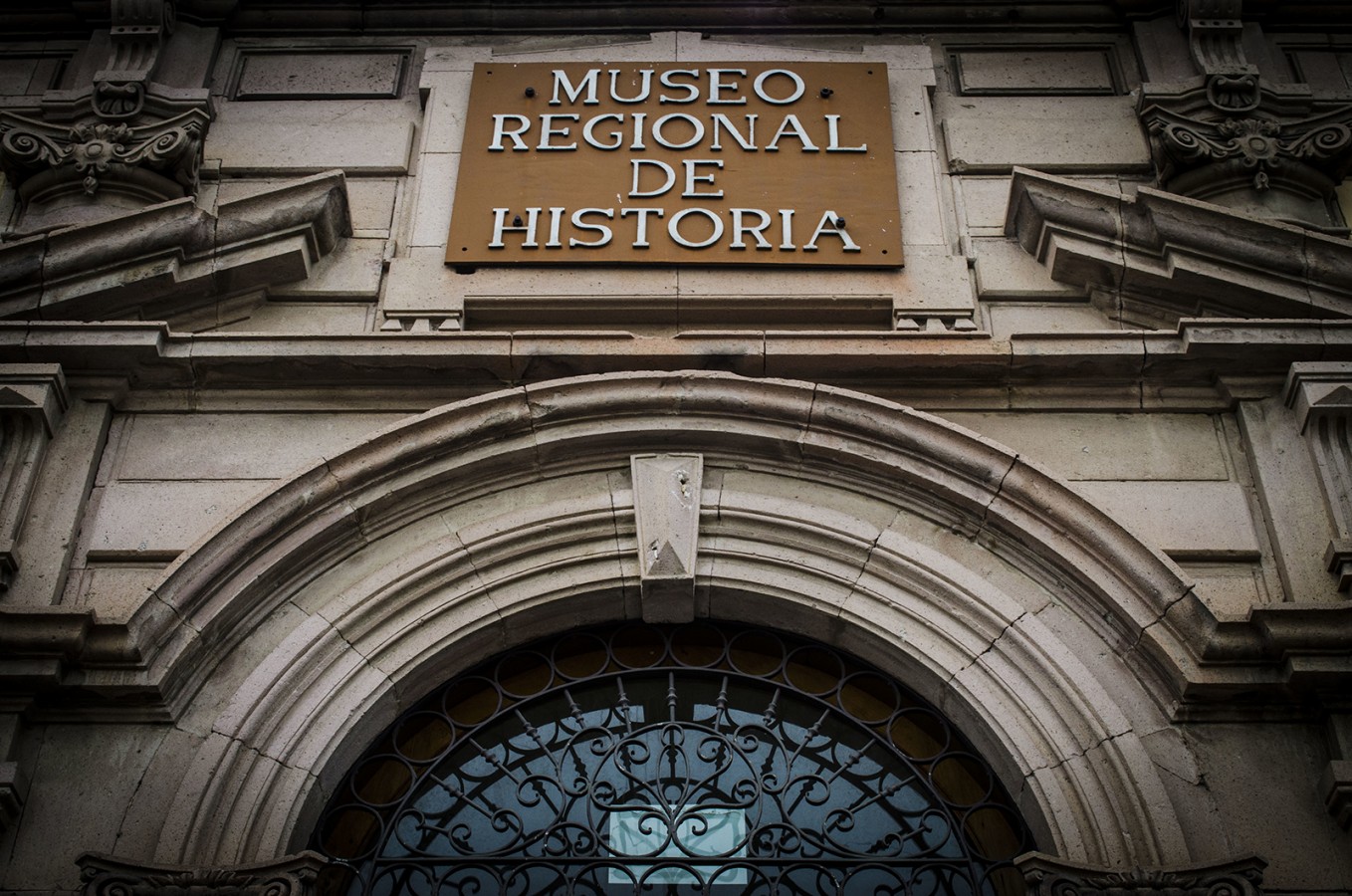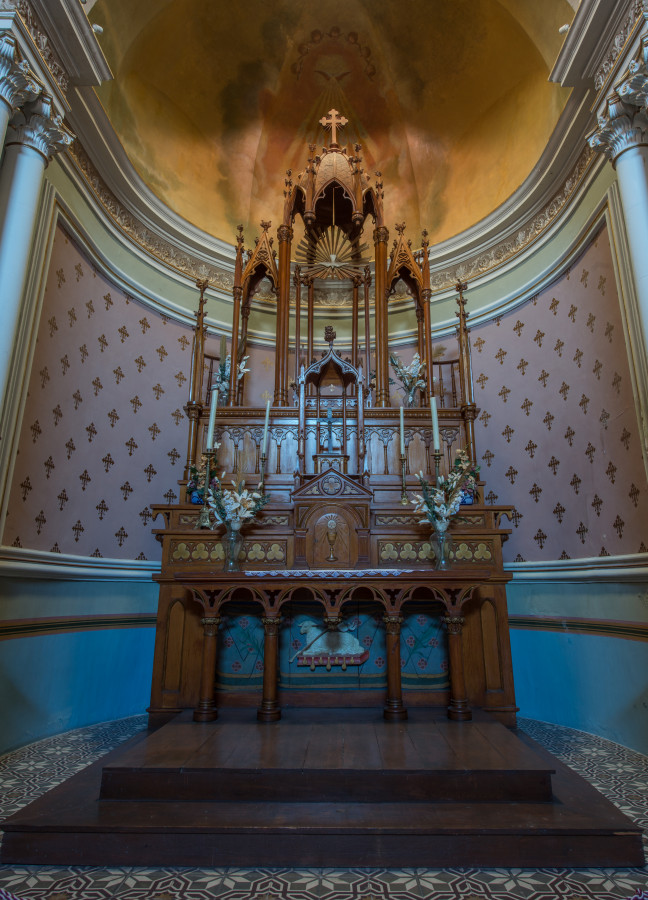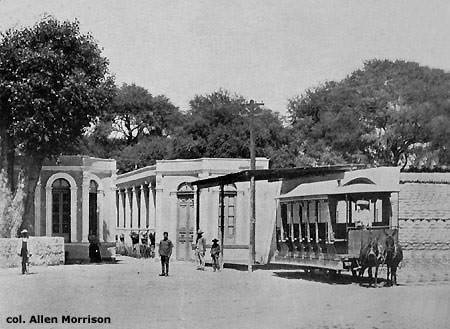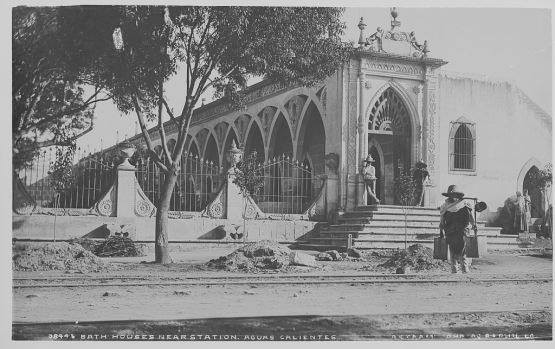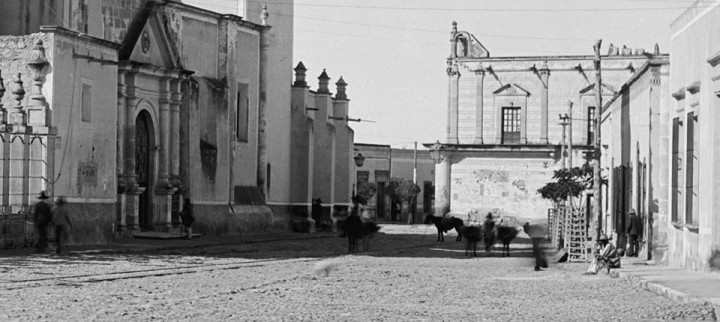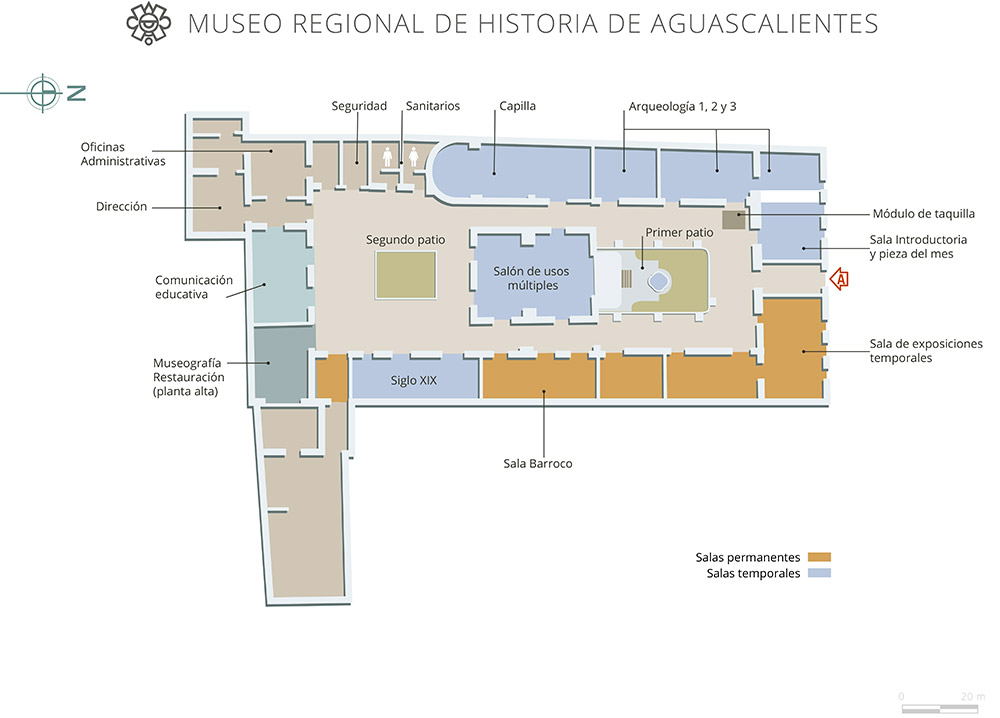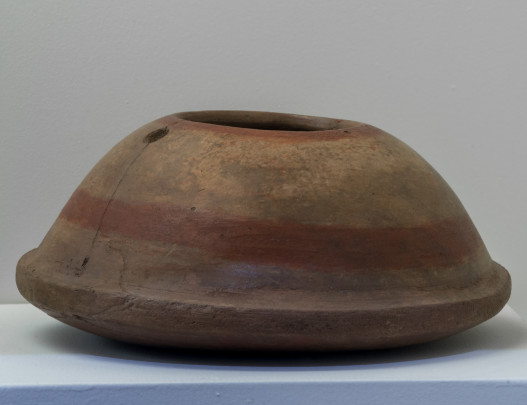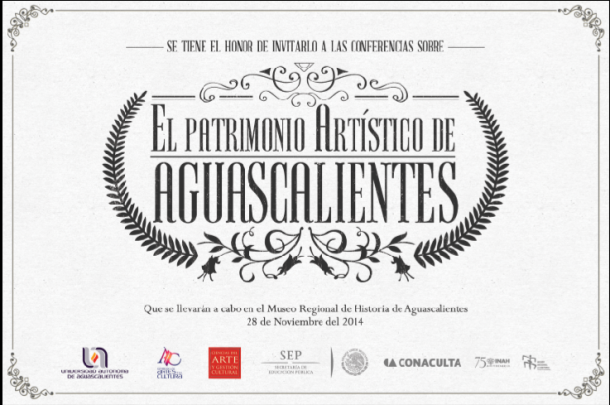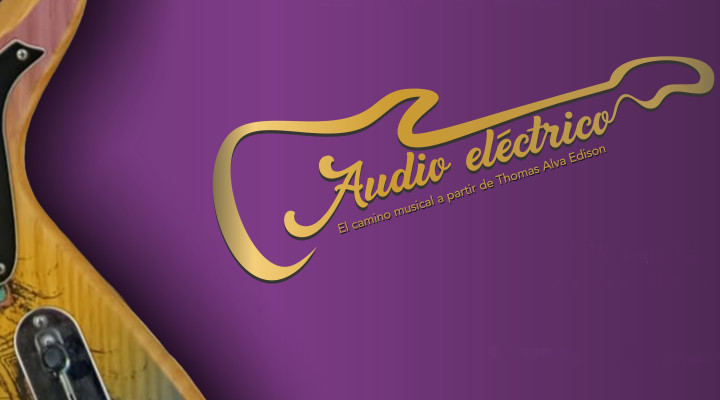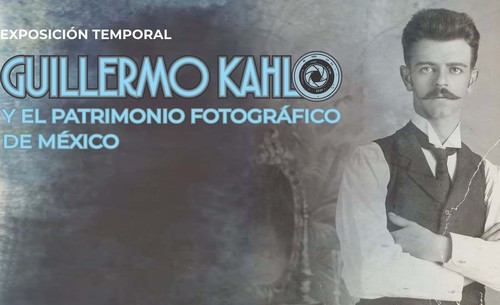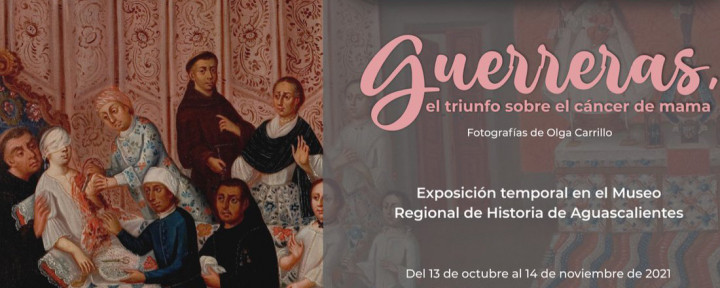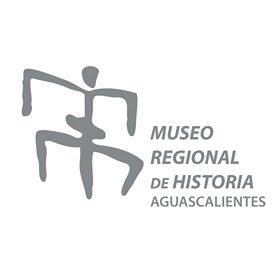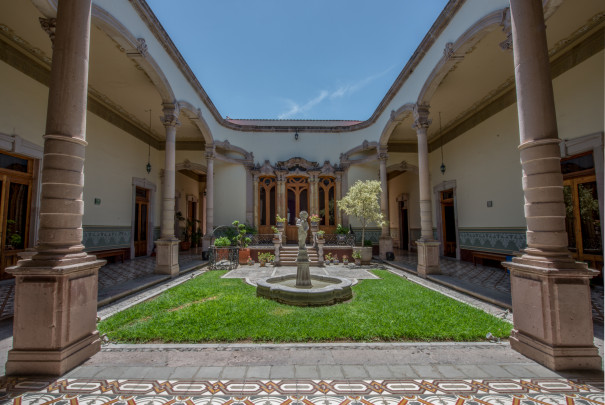The museum has been found on Venustiano Carranza street since its creation, one of the most symbolic, traditional and best preserved thoroughfares of the set of historical monuments in the capital of Aguascalientes. It is just a few steps away from the Cathedral and the Palace of Government. It was opened to the public in April 1988 and officially inaugurated on October 3 of the same year.
Most of this majestic building, which houses the museum, was built by the self-taught architect Refugio Reyes Rivas, and for decades its walls were witnesses to the daily history of a family residence. This type of building was typical of the city of Aguascalientes during the period from the eighteenth century until the beginning of the twentieth century. Recent research shows that the estate already existed at the end of the nineteenth century, but the main architectural work, which gave the building its own individual characteristics, was carried out by Reyes Rivas at the beginning of the twentieth century. In his architecture, he usually included elements from various styles, and is therefore described as eclectic. However, in this building, the Neoclassical style takes precedence. The decorative elements of the chapel and the Gothic-inspired wooden altarpiece are also particularly special.
The building has a hallway and a central patio with an archway; the former bedrooms, the domestic chapel and a large space which includes the dining room are found distributed along the hallway. In the second courtyard, which was originally very large, the service areas, vegetable garden and stables are found.
From the start of the 1950s until 1986, when the INAH took it under their care, the building was home to the Christopher Columbus school, an educational institution founded and run by the Adoratrices Perpetuas Guadalupanas nuns.
The Regional Museum of the History of Aguascalientes has a reputation for being very diverse, due to the variety of its collection and the themes it addresses, as it shelters and exhibits a collection which ranges from paleontological pieces, archeological pieces, viceregal objects and textiles, to ancient photographs, documents, weapons and civil and religious garments.
The museum’s paleontological tradition comes from the region - principally the Mooser collection - as do salvaged and donated paleontological items. In the archeological collection, pieces from the El Ocote site, very close to the city of Aguascalientes, stand out, as well as others from Chichimeca towns and salvaged archeological items. As for the historical pieces, particularly special are the majolica pieces, civil and governmental documents such as letters, notices, diaries and publications; photographs from the end of the nineteenth century and the start of the twentieth century from Aguascalientes, Zacatecas, Jalisco, San Luis Potosí and Mexico City, and, of course, the large collection of religious and civil textiles from the eighteenth to the twentieth centuries. Furthermore, the museum has viceregal artwork from both anonymous and famous authors, such as Juan Correa and Luis Berrueco, and a collection of more than 300 altarpieces or votive offerings from the mid-twentieth century.
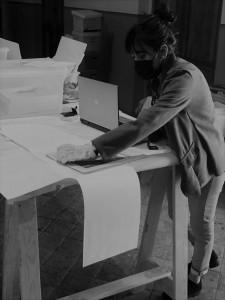
Centro Histórico, C.P. 20000,
Aguascalientes, Aguascalientes, México.
-
+52 (449) 917 96 82 y +52 (449) 916 52 28
-
This email address is being protected from spambots. You need JavaScript enabled to view it.
-
FACEBOOK

